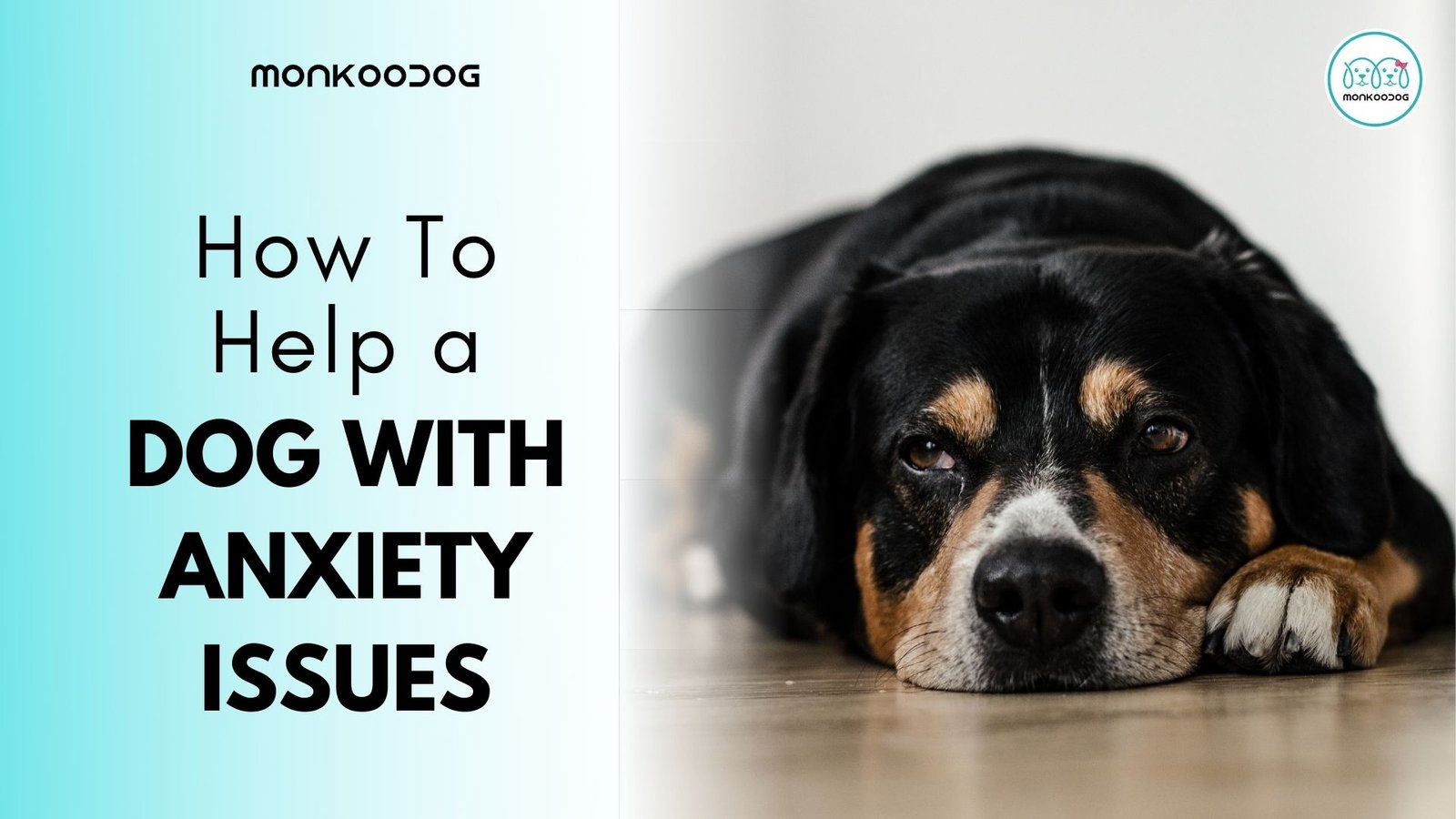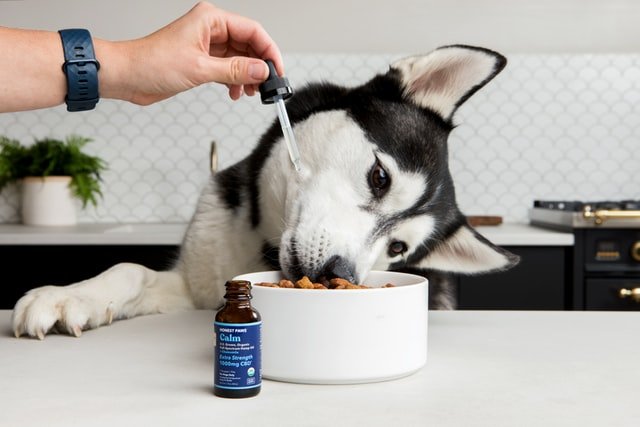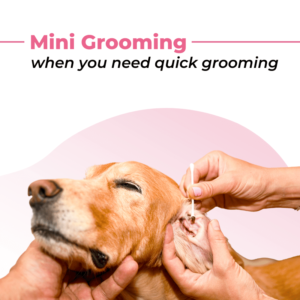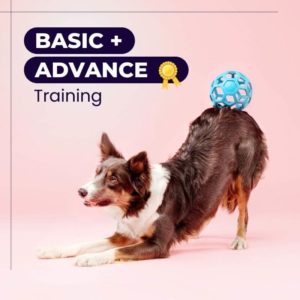
Home » How To Help a Dog With Anxiety Issues
Dogs with Anxiety issues are a real thing. Anxiety is real, and no breed is immune. Some people may be dismissive of the issue. But if you suspect your dog has anxiety issues, read on.
This article will help you ascertain what dog anxiety looks like in the form of signs or symptoms. You will also learn about how to care for your dog and help him or her overcome anxiety. To begin, let’s explain a bit more about anxiety in dogs and what causes it.
How do you tell that a dog has anxiety issues? It could be obvious or subtle and hard to recognize. Some of the anxiety symptoms seem like natural dog behavior. But they are not. If your dog exhibits a mixture of the symptoms below regularly, it could be dog anxiety.
Do not just shrug it off. Consult a vet to help you understand the odd behavior and what to do about it.

Before you can help a dog with anxiety issues, it is vital to understand what causes anxiety. This way, you can eliminate a recurring anxiety trigger and improve the chances of overcoming the problem.
The most common causes of dog anxiety are:
As you can see, some of these causes are easy to treat, but others require prolonged therapy. Medications for thyrotoxicosis and encephalitis could provide quick relief. However, if the dog developed anxiety due to historical experiences, you will need to learn more about its history. Thus you can understand the anxiety trigger and come up with a suitable recovery strategy.
But there are instances when you cannot do much about dog anxiety. In such cases, you can take steps to make life more bearable for the dog and yourself. Here’s more on how to help the dog.
If the vet diagnoses the dog with severe anxiety, they might suggest pharmaceutical treatments or natural therapies. Some of the anti-anxiety medications that humans use are also helpful to anxious dogs. But do not try any unless you get a nod from the vet. The vet could prescribe medications like benzodiazepine with an antidepressant for administration shortly before exposure to the stimulus. For example, if there is no doubt about what triggers the anxiety (like a car ride or thunderstorm), these medications would help.
The vet could also recommend natural treatment products. These products often use pheromones to calm the dog down. Products such as CBD oils are mixtures of calming herbs. They are growing in popularity due to their anti-anxiety effects.

Occasionally, vets could recommend including supplements in the dog’s diet. Nutritional supplements that contain L- theanine or S-adenosylmethionine are effective in mild to moderate cases of anxiety.
Remember that medications for anxiety are reserved for severe cases and must not be generalized. Use them only under the supervision of a vet. The vet is also likely to recommend additional management practices and behavior modification techniques to complement the medication.
Anxiety in dogs is a psychological issue. Experts recommend psychological interventions that often entail desensitization and counterconditioning.
The goal is to reduce anxious reactions to a particular stimulus or change the response. But the approach works best with early intervention.
Desensitization entails repeated exposure to the anxiety-triggering stimulus in gradually increasing intensity. At first, the trainer exposes the dog to a little bit of the anxiety trigger. It may not notice the exposure. If it does, the time is too short to warrant an anxious response. For example, if the dog has separation anxiety, the owner could leave him alone for a few moments. The intensity of exposure gradually increases. Eventually, the dog will not respond to the stimulus with anxiety.
Counterconditioning is much like desensitization. However, in this case, the dog is trained to respond to a known anxiety trigger with positive behavior. For example, instead of reacting anxiously to the stimulus, the trainer could redirect the dog to do something calm and positive. The dog could sit or lie on the bed.
Desensitization and counterconditioning often work as complementary approaches. But the trainer should use a positive reinforcement training approach. This way, the dog learns to relax, and it encourages calmness in a variety of environments. Trainers who enforce behavior by dominating could complicate the anxiety. So, consider working with positive reinforcement trainers certified by CCPDT.

Besides working with positive trainers, anxiety treatment will need plenty of support and creativity from you – the pet parent. These tips will help you be more creative and effective in reducing anxiety.
Treatment and training often require commitment and will take time before you can see shifts in behavior. However, you can help the dog to cope. It will make life easier for the dog and you.
If the dog is fearful or aggressive, consider making a public statement. Put a visible sign like a bright-colored bandana written ‘nervous’ or ‘aggressive’. It will warn people not to approach the dog. You could also muzzle the dog. Many people perceive muzzled dogs as dangerous and keep a distance.
Both these approaches draw attention to the dog’s anxiety, and this could put you down. But on the brighter side, you will feel safer and allow both you and your four-legged buddy to enjoy the outdoors. Remember, do not force the dog into situations he does not like, or frighten him. It will only worsen the anxiety.
Helping a dog with anxiety issues requires commitment, consistency, and dedication. The tips above will help your dog respond calmly and perhaps even smile in different, difficult environments. However, it is understandable if the demands of treatment or coping could be too much for you. If the anxiety bothers you or if it is a danger to your loved ones, consider re-homing. Another loving dog parent could have the time and resources to make it happen.



